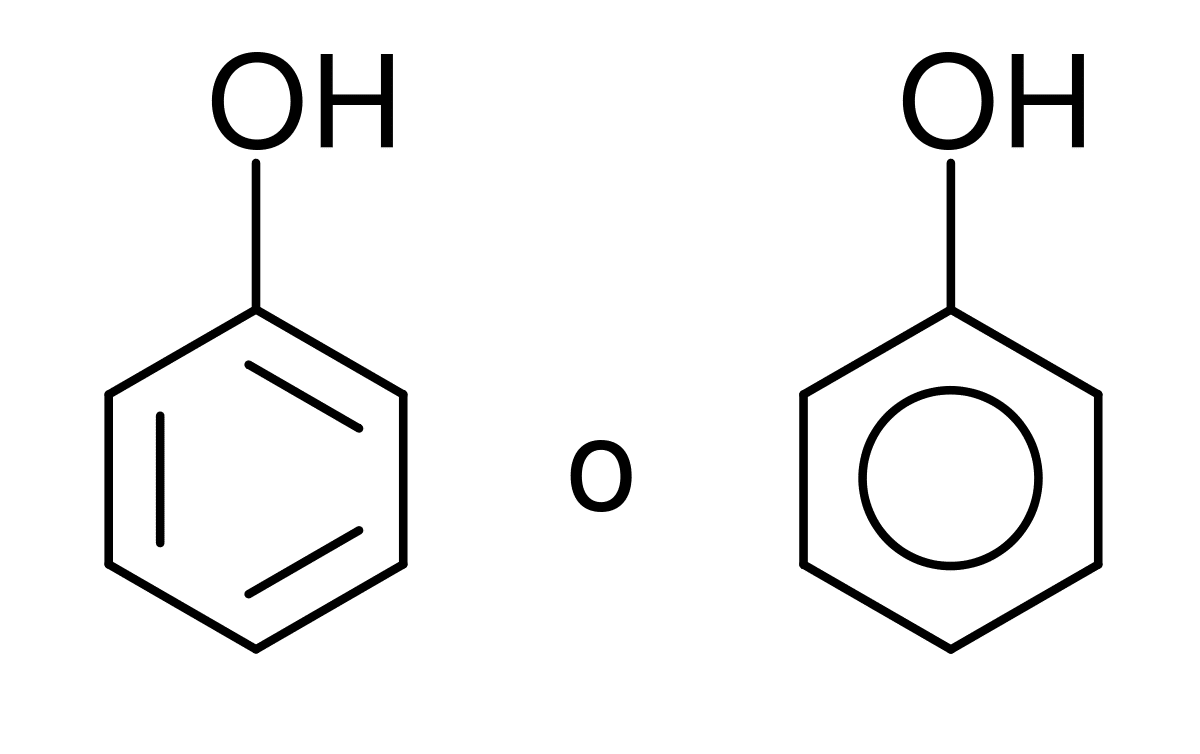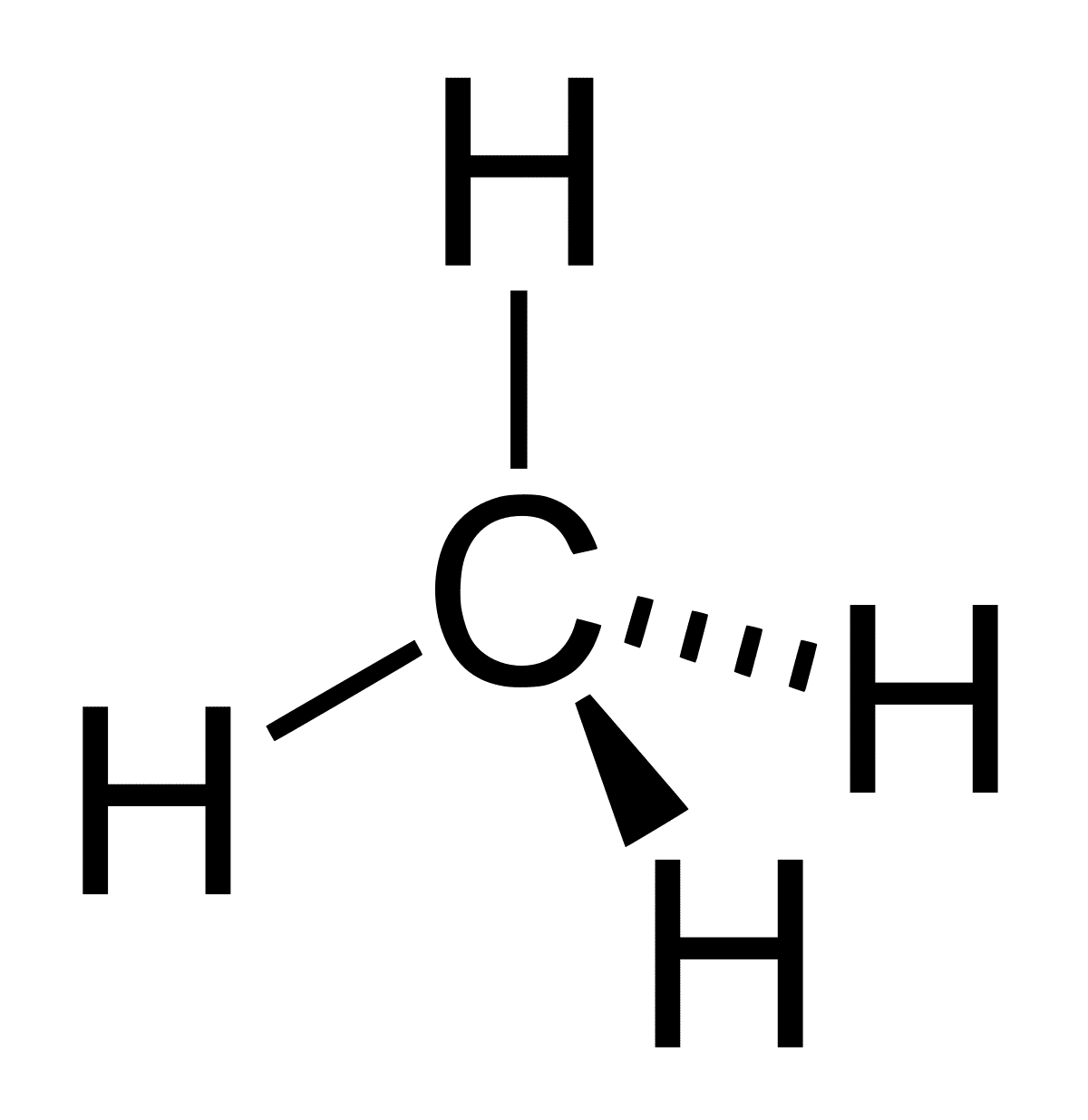
El grupo hydroxyl It is the one that is composed of an oxygen atom and a hydrogen atom and resembles a water molecule. It can be found in various chemical forms such as in a group, an ion or a radical. For all those people who study organic chemistry, knowing the reactions and importance of this group of atoms is essential. And it is capable of forming essential bonds with the carbon atom, although it can also do so with sulfur and phosphorus.
In this article we are going to tell you about the characteristics of the hydroxyl group and the importance it has in organic chemistry.
Key features

When we analyze the hydroxyl group from the point of view of inorganic chemistry we see that it participates more as an ion. That is to say, the type of the lace that exists between it and the metals is not covalent, but ionic. Because of this, the hydroxyl group has become an important element that helps define the properties and transformations of many compounds.
The hydroxyl group is attached to a radical that is defined cwith the letter R if it is alkyl or with the letter Ar if it is aromatic. What I know most about science is what contributes the hydroxyl group to the molecule in which it binds. The best answer is found in the study of its protons. And is that protons can be snatched by strong bases to form salts. This can also interact with other surrounding groups that are connected to each other by hydrogen bonds. In addition, the most important thing about the hydroxyl group is that, wherever it is, it can represent a potential region for the formation of water.
Structure of the hydroxyl group

The hydroxyl group has become quite an interesting molecule from the point of view of organic chemistry. The water molecule is angular in shape and looks like a boomerang. If we cut one of its ends, which means the same as removing a proton, various situations can occur. The water molecule is transformed into the hydroxyl radical or the hydroxyl ion. However, both have a molecular linear geometry and are not electronic.
All these bonds are due to the fact that they are oriented towards two atoms to be able to stay aligned at all times. The same is not the case with hybrid orbitals. The key for the hydroxyl group to allow the different molecules to mix with each other need hydrogen bonds. These hydrogen bonds are not strong by themselves, but as the number of sources increases and the number of hydroxyl groups in a structure increases, the effects multiply. This increase in the number of hydrogen bonds is also reflected in the physical properties of the compound.
Hydrogen bonds require the atoms to be located opposite each other. There are some oxygen atoms of one hydroxyl group that must be arranged in such a way that it can generate a straight line with the hydrogen of a second group. This is somewhat more complex but it happens frequently. In this way, quite specific spatial arrangements originate such as what happens within the structure of the DNA molecule. This happens between the nitrogenous bases that make up DNA.
We can call the number of hydroxyl groups a structure directly proportional to the affinity of water for the molecule. We are going to put an example to understand it better. Although sugar has a hydrophobic carbon structure, since it has a large number of hydroxyl groups, makes it very soluble in water.
Ions and their functions
The hydroxyl group and the ion are very similar but have different chemical properties. The hydroxyl ion is an extremely strong base and works by capturing protons. If we force it, it can turn into water. And this is an incomplete water molecule that is negatively charged and needs a proton to complete. On the other hand, since the hydroxyl group it does not need to capture protons to complete it behaves like an extremely weak base. It is capable of donating protons although it only does so against bases that are very strong.
Positive nuclei are atoms in a molecule that suffer from an electronic deficiency as a result of their electronegative environment.
Hydroxyl group and meteorology

We know that it acts as a type of detergent in the air that breaks down other gases. We know that the hydroxyl group is the main control of the methane concentration. Methane gas is a greenhouse gas that is only surpassed in concentration by carbon dioxide in its contribution to global warming. Although methane gas is found to a lesser extent in the atmosphere, it is capable of retaining a greater amount of heat than carbon dioxide.
There is new research led by a NASA postdoctoral fellow that has shown that hydroxyl radicals recycle themselves and are able to maintain a constant atmospheric concentration. This concentration is maintained over time even if methane emissions increase. Therefore, understanding the role of hydroxyl is essential to understand the useful life of methane and the atmosphere.
Scientists have pointed out that increasing concentrations and emissions of methane gas could cause the amount of hydroxyl radicals to be depleted on a global scale. In this way, the useful life of methane would be prolonged, a problem that would add to global warming. By making the lifespan of methane longer, we would have nothing to clean the atmosphere with. The primary sources of hydroxyl and methane and how they react have been observed. Recycling of this group occurs after methane decomposes and then reforms in the presence of other gases. Hydroxyl concentrations are quite stable over time. They should not necessarily disappear when it reacts with methane.
I hope that with this information you can learn more about the hydroxyl group and all its importance.